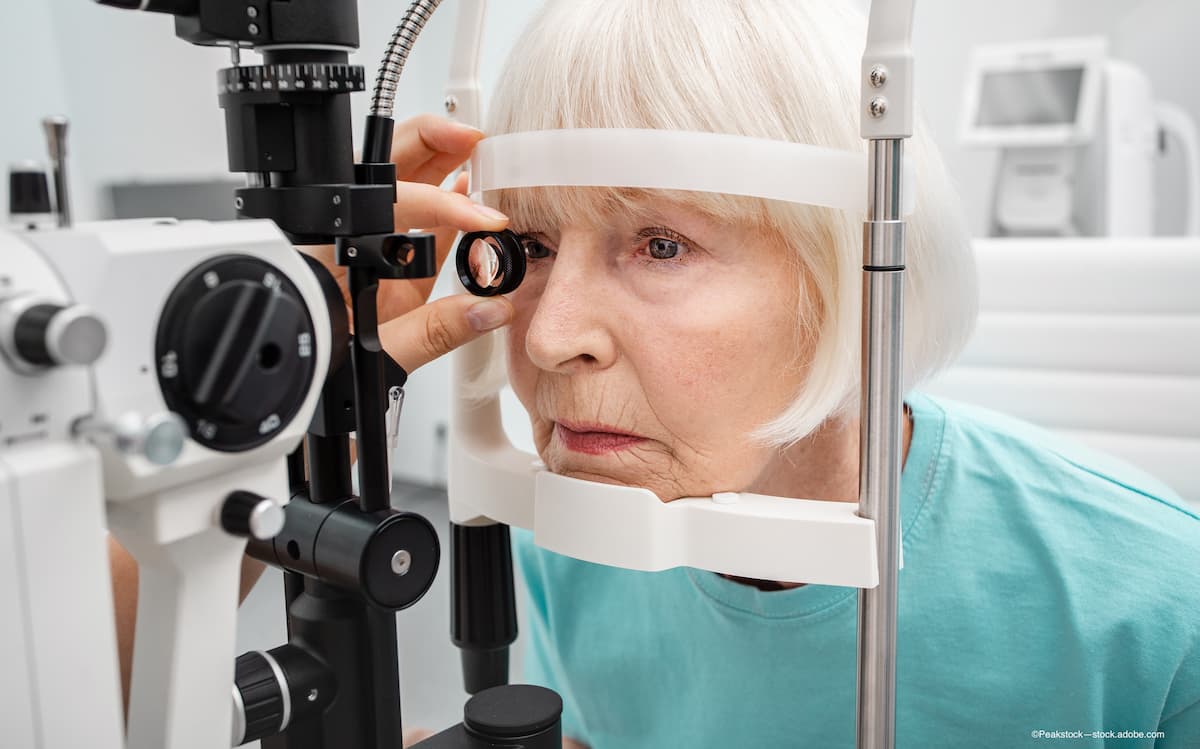LIGHTSITE III clinical trial update: LumiThera shares data for dry AMD therapy
The company notes that its clinical trial of the light delivery system meets the primary efficacy endpoint and can offer hope to patients with dry AMD who are experiencing vision loss and currently have limited treatment options.

LumiThera Inc. has announced positive findings in its LIGHTSITE III, multi-center clinical trial in non-neovascular (dry) age-related macular degeneration (AMD) subjects treated with the Valeda Light Delivery System.
According to the company, the LIGHTSITE III, a prospective, double-masked, randomly assigned, multi-center clinical trial, was conducted at 10 US retinal centers. The objective was to treat dry AMD subjects with PBM every four months for a duration of 24 months. The primary efficacy endpoint, best corrected visual acuity (BCVA) was evaluated at 13 months, and if statistically significant, (P < 0.025) the complete 13-month efficacy and safety endpoints would be unmasked.
Clark Tedford, PhD, president and CEO of LumiThera, noted that the outcome offers hope to patients with dry AMD who are experiencing vision loss and currently have limited treatment options.
“PBM can offer non-invasive treatment that can improve vision," Tedford said. “Consideration should be given to the application of PBM earlier in the degenerative disease process and prior to permanent retinal tissue and vision loss to demonstrate if PBM may prevent or slow degenerative eye disease."
The company noted that its study will continue to treat and follow subjects for safety for a total 24 months. One hundred subjects were enrolled in a 2:1 ratio of PBM to sham in the treatment groups. The mean age was 75 years and mean dry AMD duration was 4.9 years before enrollment in the study.
The analysis included 91 eyes in the PBM treatment group and 54 eyes in the sham-treatment group in the modified intent to treat population with at least 1 post-treatment visit and disease consistent with intermediate dry AMD. The results demonstrated statistically significant improvement in the primary endpoint in BCVA at 13 months in the PBM treatment group over the sham-treatment group (P < 0.003). In addition, a sustained, mean increase in ETDRS letter score of 5.5 letters from baseline was seen at the 13-month timepoint in the PBM-treated subjects BCVA (P < 0.0001).
René Rückert, MD, MBA, chief medical officer at LumiThera, noted that previous LIGHTSITE II European trial results demonstrated similar sustained improvements of visual benefits with PBM treatments at this interval out to 9 months.
"We have been treating dry AMD patients for multiple years in Europe now with many US patients traveling to EU and UK sites to access treatment,” Rückert said. “The mean 5.5 letter improvement was outstanding considering the earlier stage of disease in these patients. We are excited to potentially offer this to US patients in the near future."
Moreover, the early results from the LIGHTSITE III trial proved encouraging, according to Diana V. Do, MD and Quan Dong Nguyen, MD, MSc, both of whom are professors of ophthalmology and members of the Retina Division at the Byers Eye Institute at Stanford University, which is one of the clinical sites for the LIGHTSITE trial.
"We are in urgent need of therapy for our patients with dry AMD, especially if the treatment is non-invasive such as the Valeda Light Delivery System,” they said in a statement. “Photobiomodulation has the potential to be an exciting treatment option for dry AMD patients."
Cindy Croissant, MBA, vice president of Clinical Operations for LumiThera, noted that the trial results suggest a very strong clinical outcome signal.
“As the full analysis of additional endpoints and imaging results become available over the next few weeks, we anticipate further positive findings,” she said. “Patient compliance remained high over the course of the study demonstrating the ease of administering Valeda's ~4 min treatment per eye and flexible scheduling."
2 Commerce Drive
Cranbury, NJ 08512
All rights reserved.